Nature is often the backdrop for the stories we tell. It’s the glacier lake we jump into; the pillowy snow we send our skis down; the wind that whips at our tent the night before a memorable hike. Occasionally, nature gets to be the main character. For instance: trees. Most people have a tree story, whether it’s the crab-apple they scraped their knees learning to climb or an evergreen they always notice on a favorite trail.
Below are stories from our REI Co-op Member and staff community about their favorite trees. Read on to discover a 300-year-old oak, a sequoia that inspired a romantic tattoo and more. Share your tree story in the comments below.
Here are tree stories shared by REI staff and members around the country.
Stopping to Smell the Cherry Blossoms
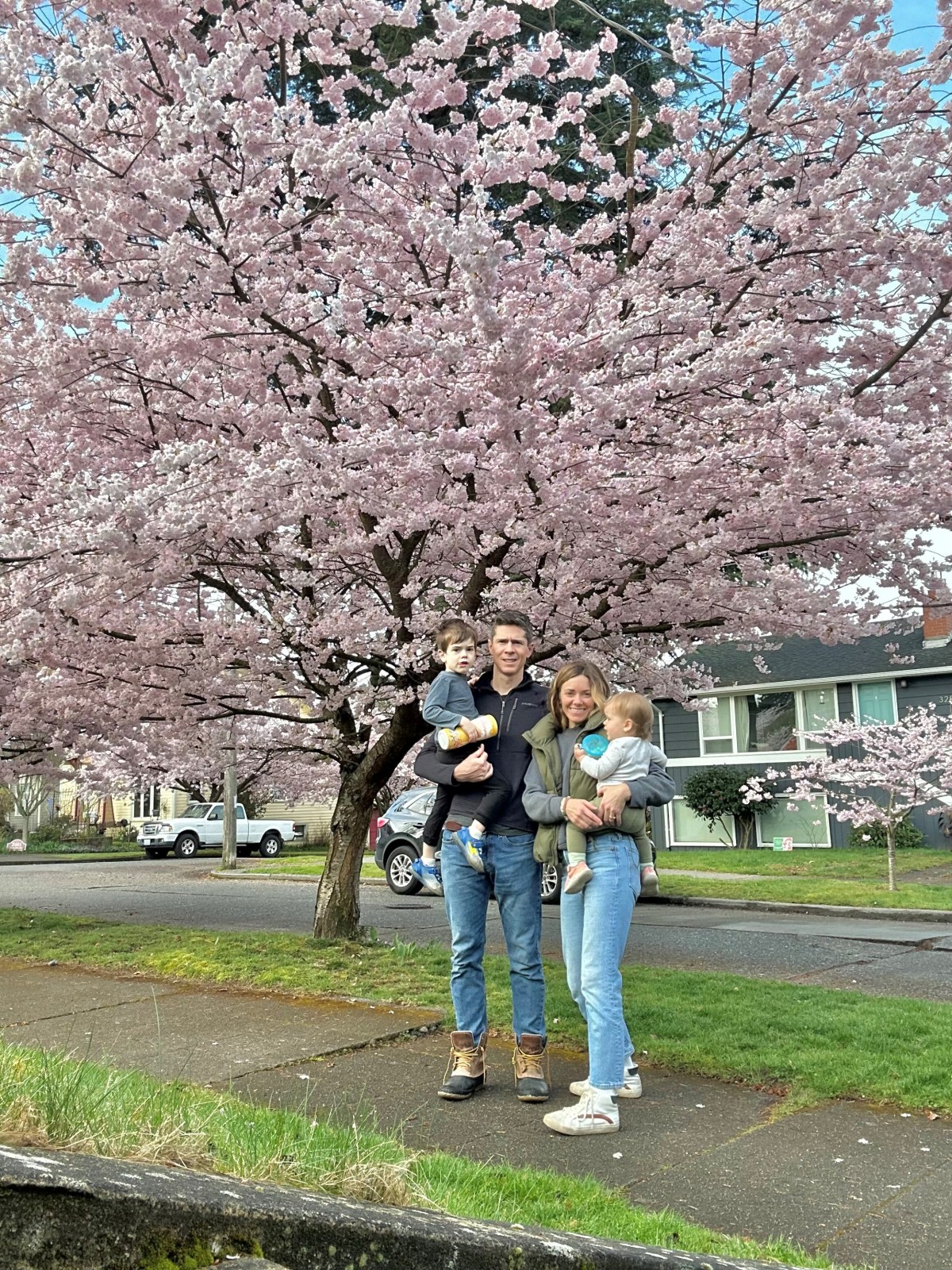
In the cherry blossom’s shade
there is no such thing
as a stranger
– Kobayashi Issa
Wondrous Willow
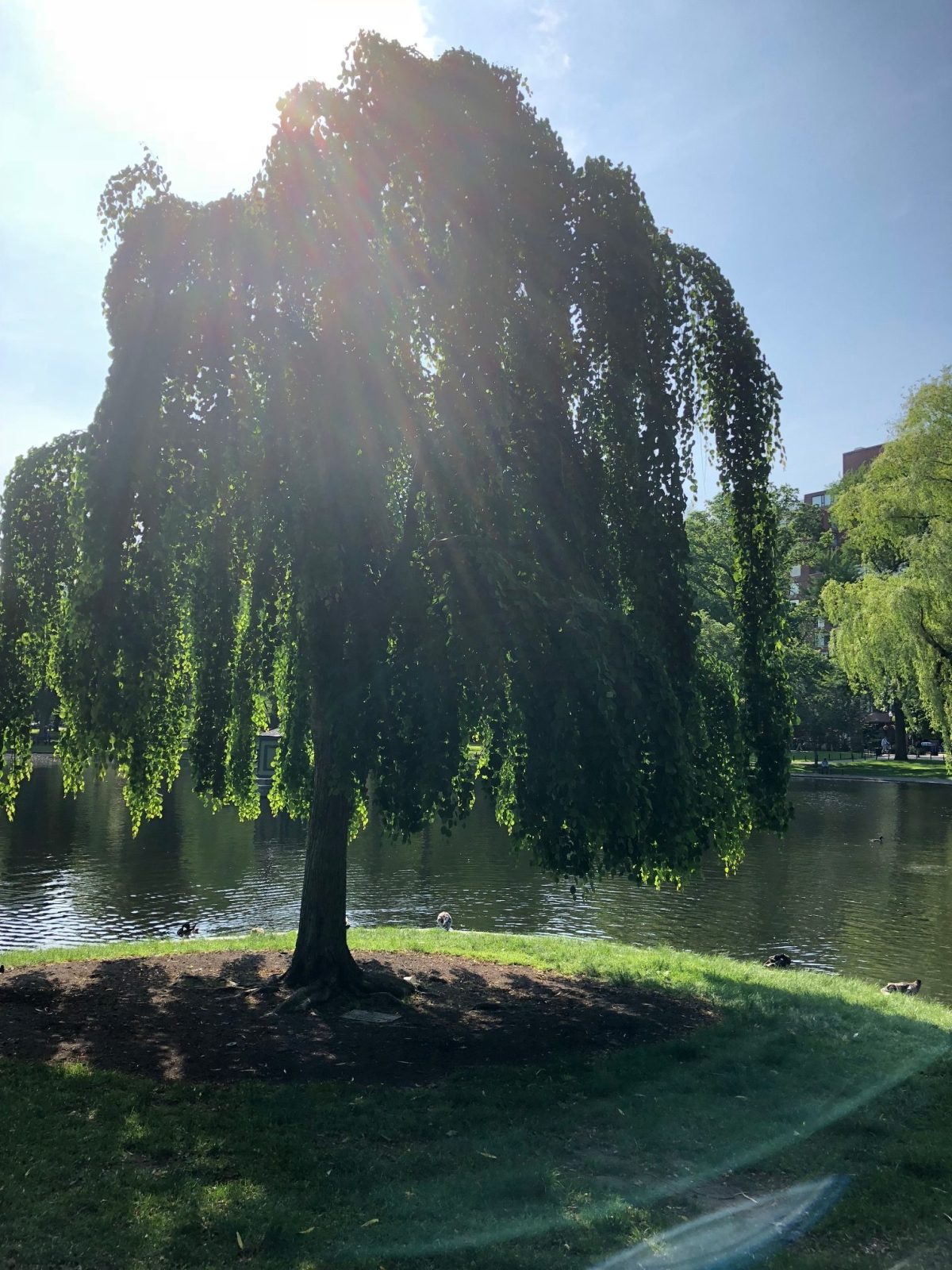
Did you know?
There are 19 weeping willow trees in Boston’s Public Garden, and they were originally planted around the lagoon in the early 20th century. The Public Garden is considered the country’s first botanical garden; it was established in 1839.
Tree of Life
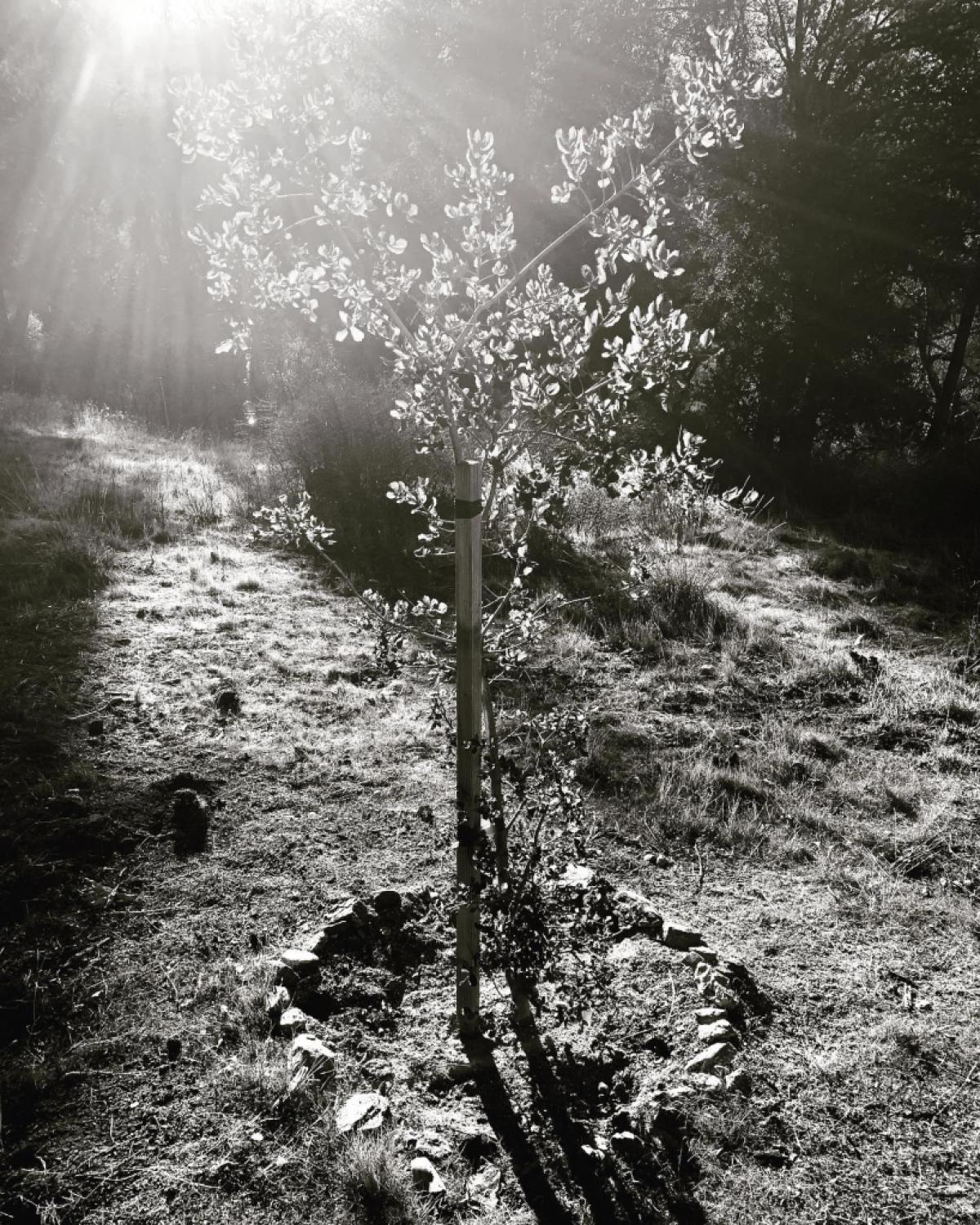
Tree
by Jane Hirshfield
It is foolish
to let a young redwood
grow next to a house.
Even in this
one lifetime,
you will have to choose.
That great calm being
this clutter of soup pots and books—
Already the first branch-tips brush at the window.
Softly, calmly, immensity taps at your life.
Best Part of My House
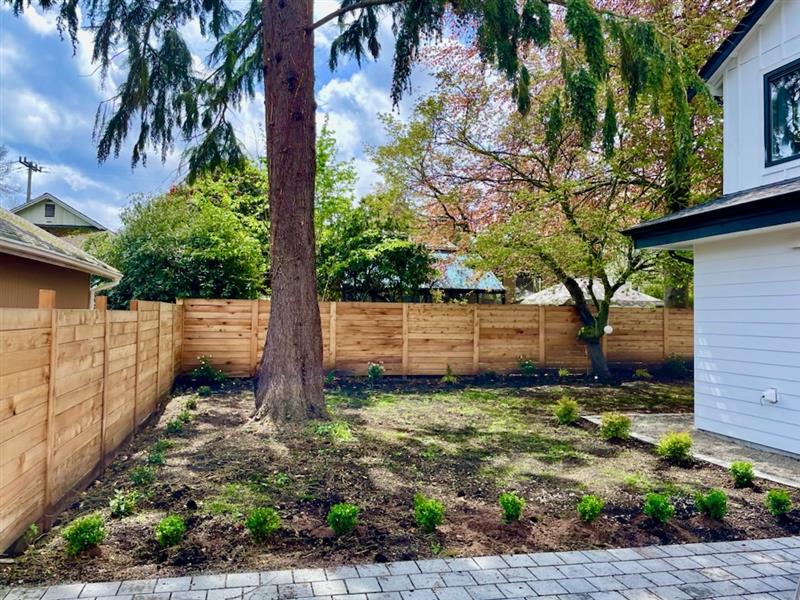
Did you know?
A “culturally modified tree” is a tree that has been intentionally altered by Indigenous people. These trees have cultural significance for specific groups. In some states and countries, there are laws in place to prevent illegal cutting. The Luma tree in Seattle is an example of a culturally modified tree.
Visiting an Old Friend
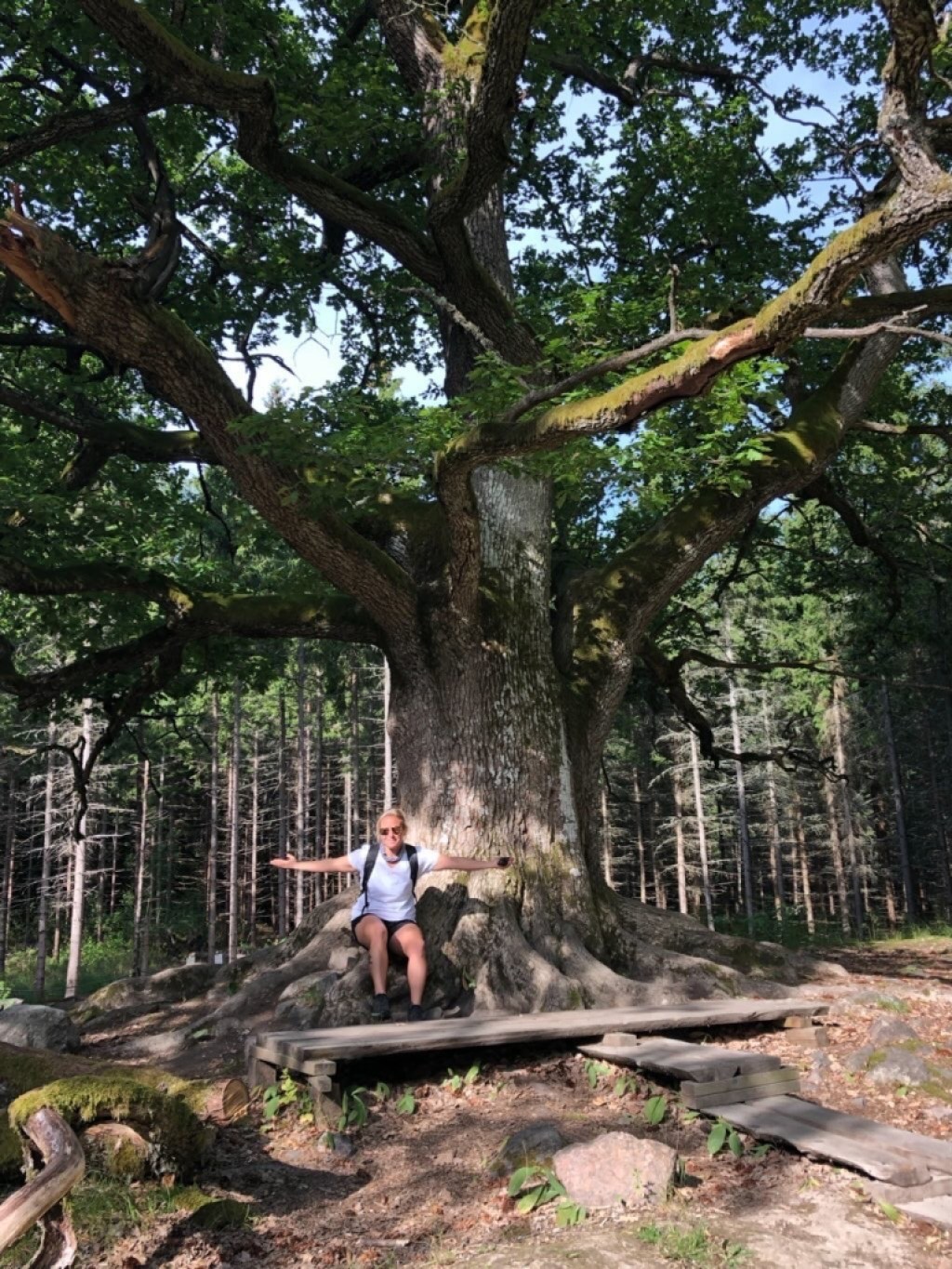
Did you know?
About 75% of Finland’s land mass is covered in forests. A little more than 10% of that land is completely protected from logging use, according to the Finnish Ministry of Agriculture and Forestry.
Happy Place
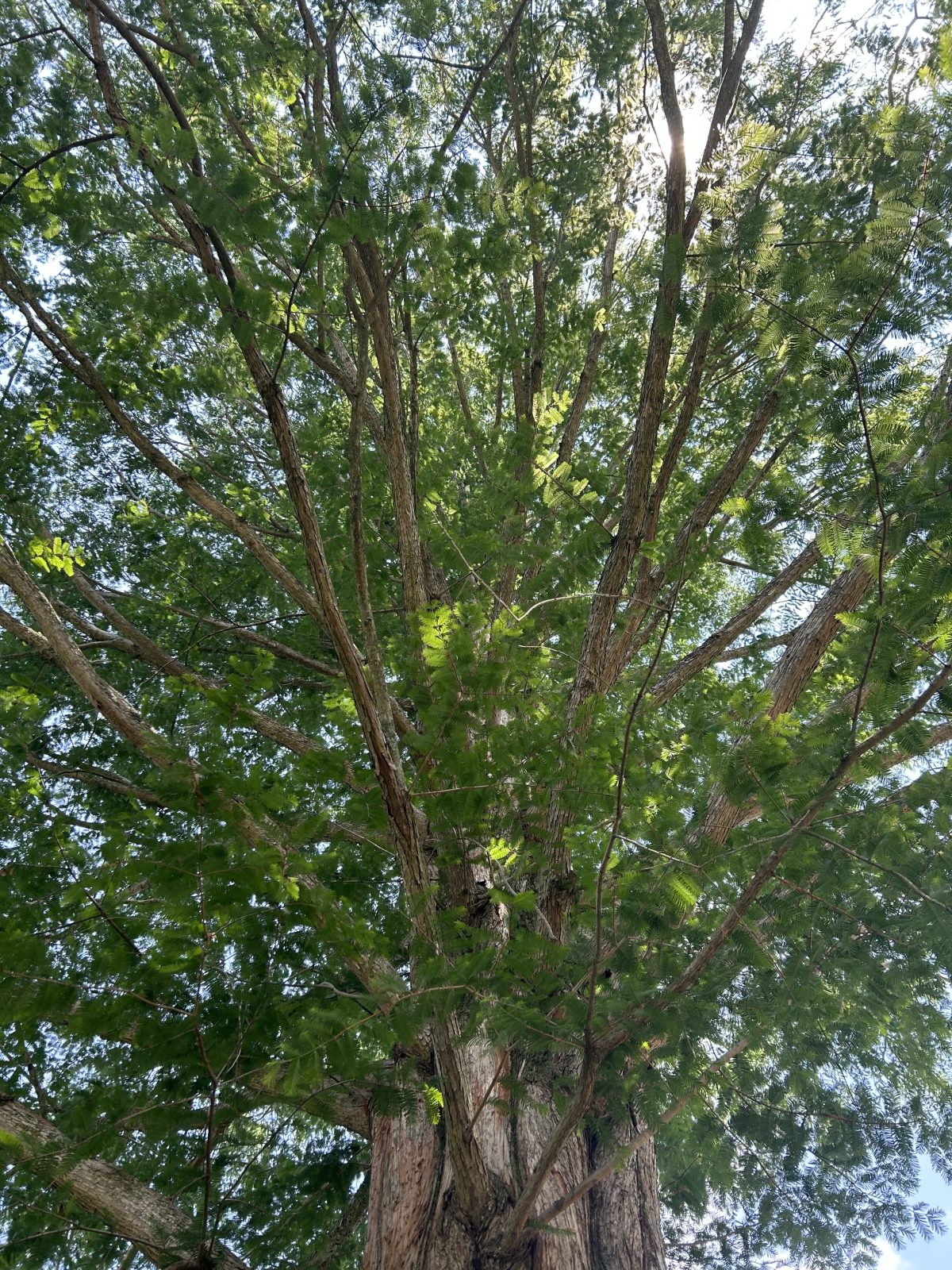
A regional tradition is Mischief Night (the night before Halloween), where kids go out and cause trouble—TPing yards, egging houses and so on. I would TP our own tree instead; it made for a pretty cool Halloween decoration with all the strands hanging down.” – Brenna Powell, trip specialist for REI Adventures. REI Member since 2017.
Speaking Tree (exerpt)
by Joy Harjo
…
Some humans say trees are not sentient beings
But they do not understand poetry—
…
Long Live the Queen
This bur oak tree is called The Queen of Lyndale Avenue, for good reason: It spans nearly three full residential plots and is a favorite sight for local residents. – Video credit: Caitlin Longley Keenan, Minneapolis, MN. REI Member since 1996.
Did you know?
The oldest living tree is thought to be a California bristlecone pine named Methuselah and it’s approximately 4,765 years old, according to the National Park Service. Bristlecone pines can grow to be 40 to 60 feet tall. As the bristlecone roots become exposed, they dry out and die. The tree connected to those roots eventually dies as well, while the rest of the tree continues to live. This is what gives it its twisted appearance.
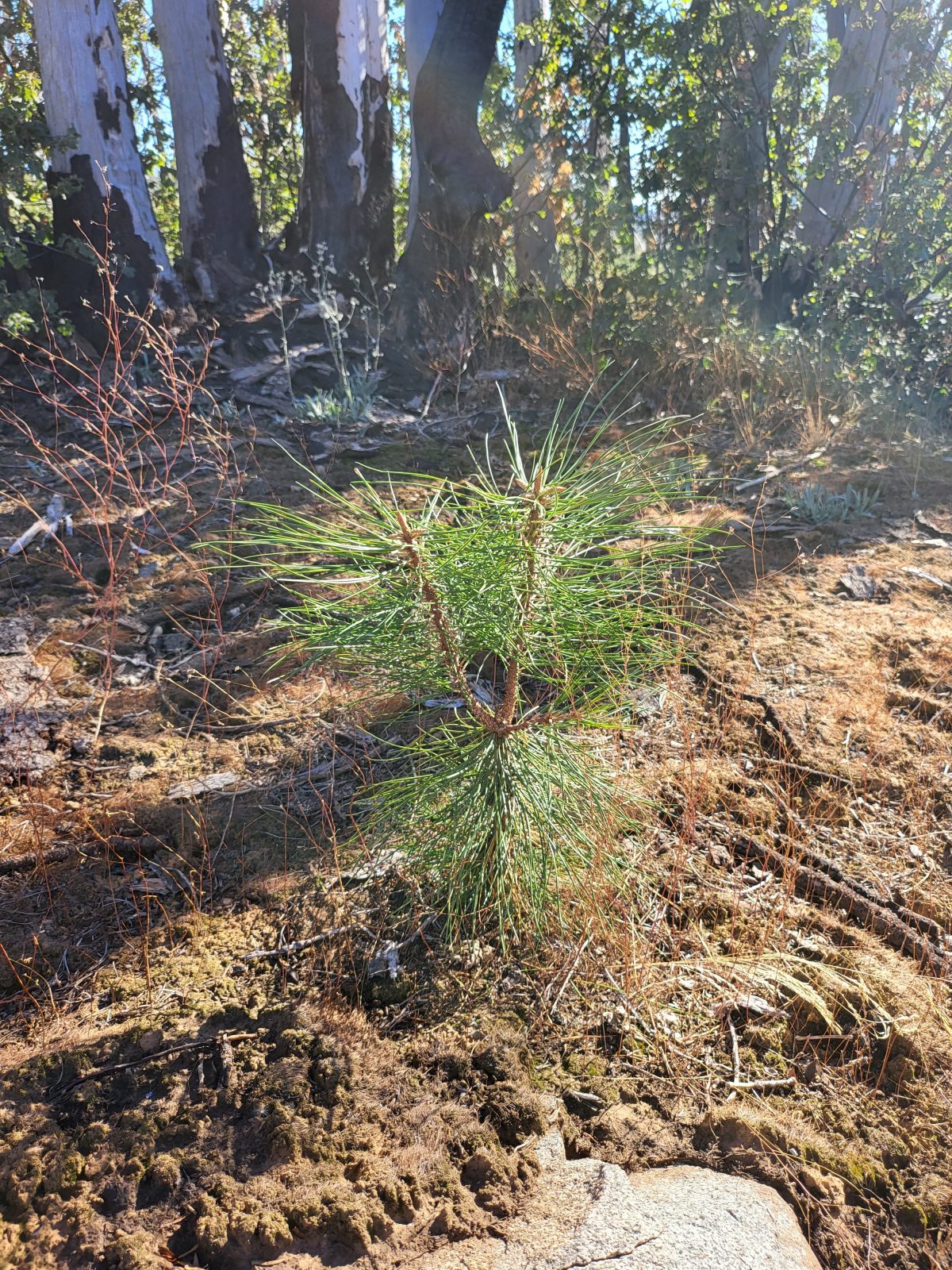
Recent photo from the Tahoe National Forest planting, courtesy of Trees for a Change.
being property once myself
by Lucille Clifton
being property once myself
i have a feeling for it,
that’s why i can talk
about environment.
what wants to be a tree,
ought to be he can be it.
same thing for other things.
same thing for men.
Celebrating Our Roots
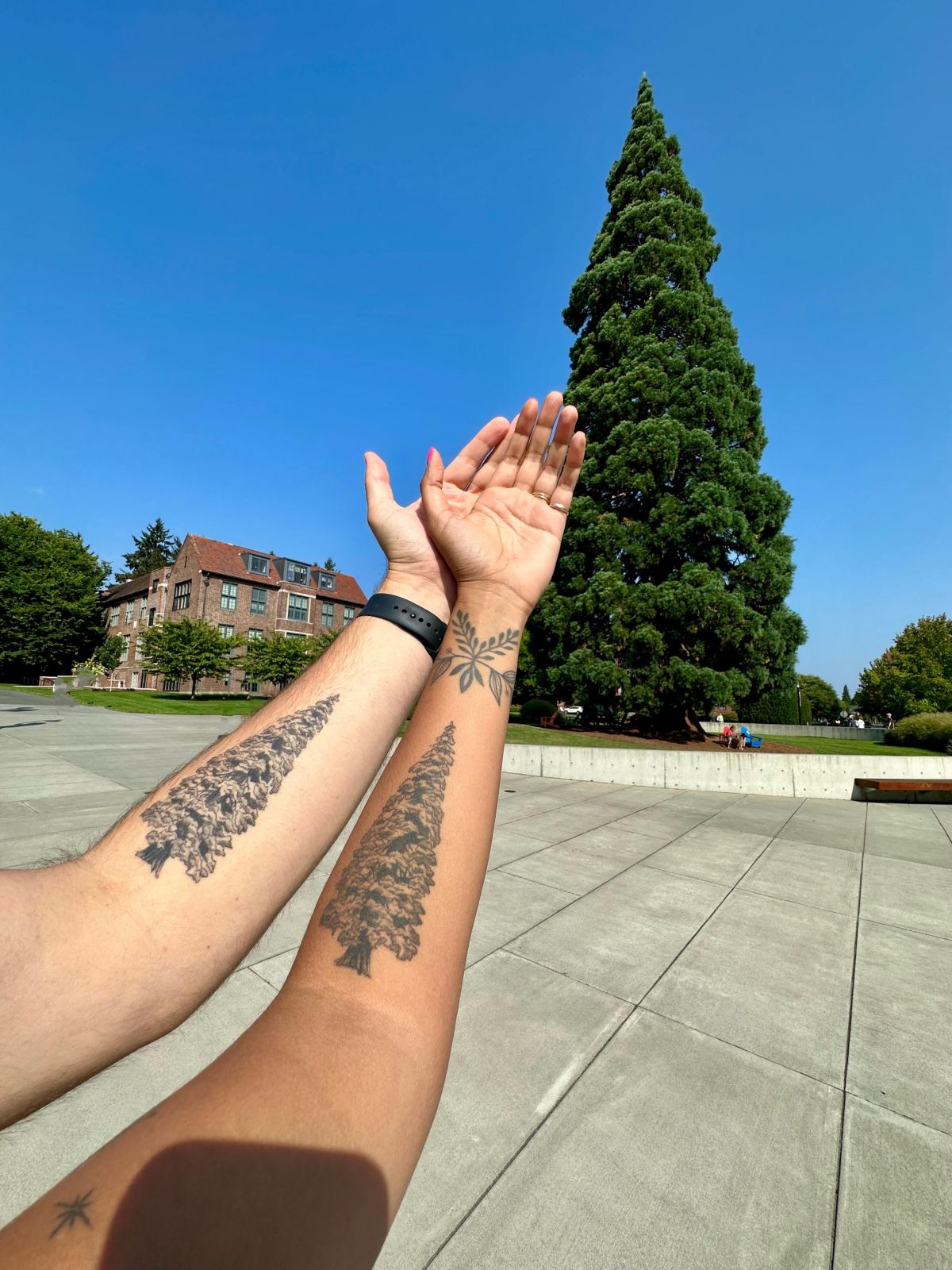
Did you know?
A rose tree covering nearly 5,000 square feet in Tombstone, Arizona, claims to be the largest rose tree in the world. It was planted there by Scottish immigrants in the late 1800s. Tourists flock to the tree during six weeks in March and April when it’s in bloom. You can smell the roses from a block or two away.
Trees, Water and People

Stand Up for Trees
A tree is a world: A single oak, for instance, is home to dozens of animals and insects. A tree near your home—whether you live in a rural or urban area—likely helps keep your neighborhood cool in summer and soaks up water left behind by rainstorms, among other benefits. Studies show that spending time among trees helps people feel less stressed and more connected with nature.
But in communities across the United States, a lack of trees can mean low air quality, high temperatures and vulnerability to weather extremes for the people who live there. That’s why the co-op community supports the TREES (Trees for Residential Energy and Economic Savings) Act, to plant trees in underserved neighborhoods to help lower residential energy costs and mitigate climate change.
The bipartisan bill aims to create a program at the Department of Energy to plant a minimum of 300,000 trees annually in neighborhoods across the country where they’re needed.
It takes less than 60 seconds to urge Congress to support the TREES Act through the REI Cooperative Action Network. Add your voice today.
